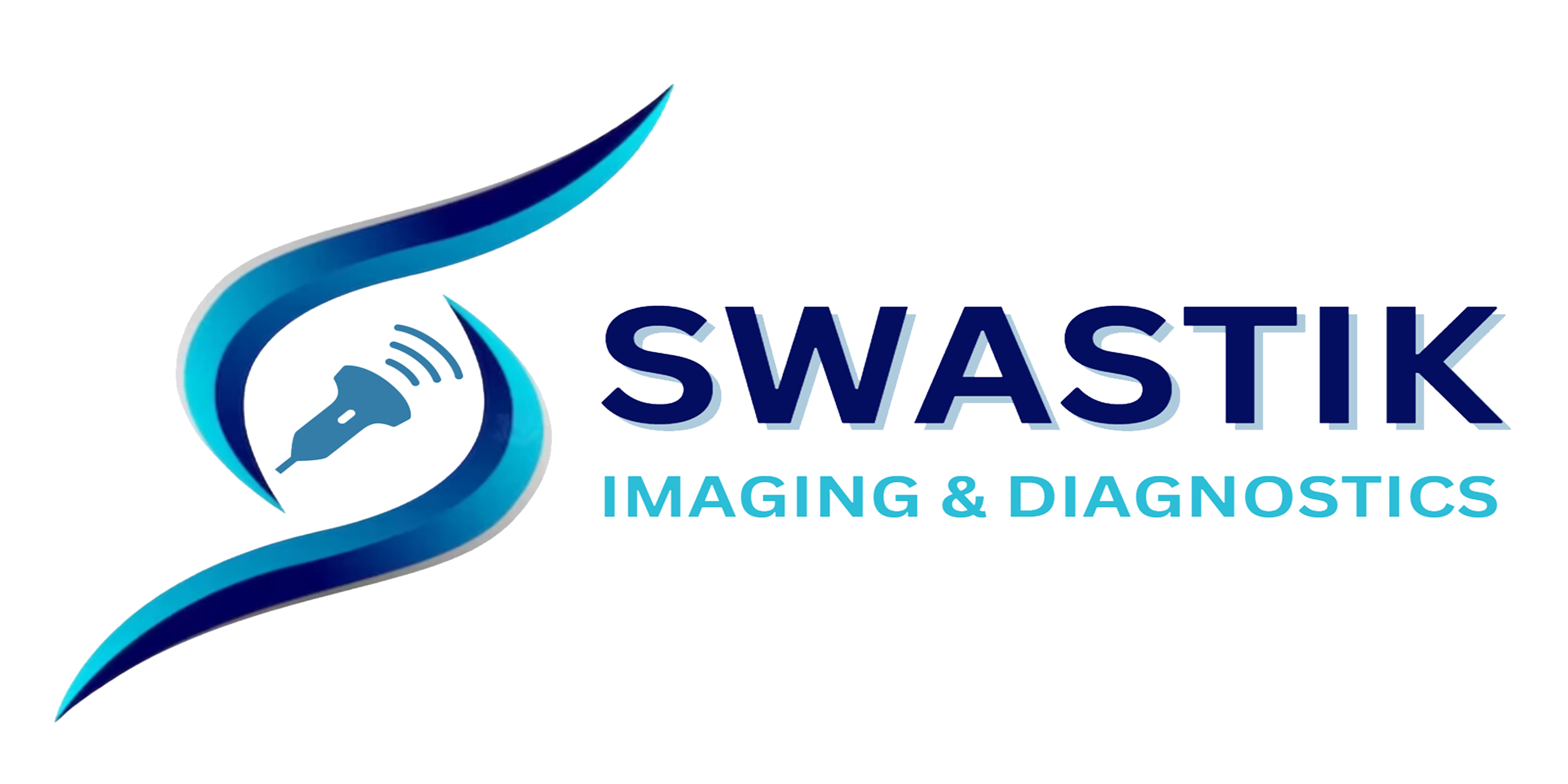Pregnancy Ultrasound
The procedure for pregnancy ultrasound typically involves the following steps:

Safety Considerations
Pregnancy ultrasound is considered safe and non-invasive. It does not use ionizing radiation like X-rays, making it suitable for repeated use during pregnancy. However, it’s essential to ensure that the ultrasound procedure is performed by trained healthcare professionals to minimize any potential risks.
Applications of Pregnancy Ultrasound
Pregnancy ultrasound serves numerous essential functions throughout the prenatal journey, including:
Confirming Pregnancy: It confirms the presence of a viable pregnancy, including the number of fetuses.
Monitoring Fetal Growth: Ultrasound helps healthcare providers track the baby’s growth and ensure it is consistent with gestational age.
Assessing Fetal Health: It allows for the early detection of potential complications, such as birth defects or developmental issues.
Determining Gender: Around 18-20 weeks, ultrasound can reveal the baby’s gender if desired.
Guiding Prenatal Procedures: In some cases, ultrasound is used to guide procedures like amniocentesis or chorionic villus sampling.
Benefits of Pregnancy Ultrasound
The advantages of pregnancy ultrasound are significant:
Bonding Experience: Expectant parents have the opportunity to connect with their baby by visualizing their movements and growth.
Early Diagnosis: It facilitates the early detection and management of pregnancy complications or birth defects, ensuring optimal prenatal care.
Prenatal Planning: Ultrasound helps healthcare providers plan for any necessary medical interventions or specialized care after birth.
Peace of Mind: For expectant parents, ultrasound provides reassurance about the baby’s well-being and health.
